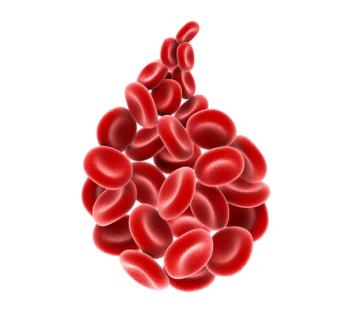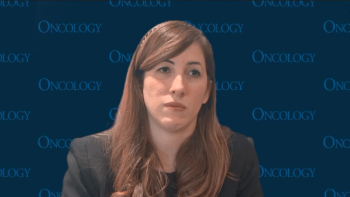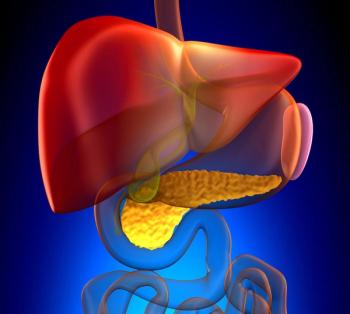
|Slideshows|March 25, 2016
New FDA Approvals for Lung Cancer, Myeloma
Author(s)Cancer Network Editors
In this March 2016 news roundup we highlight two new FDA indications, chemotherapy’s long-term effect on fertility, the link between BMI and thyroid cancer, and more.
Advertisement
Newsletter
Stay up to date on recent advances in the multidisciplinary approach to cancer.
Advertisement
Advertisement
Advertisement
Trending on CancerNetwork
1
FDA OKs Subcutaneous Amivantamab in EGFR+ NSCLC
2
Imlunestrant Combo Will Not Be Pursued for FDA Approval in Breast Cancer
3
SABCS 2025: The Top 5 Takeaways for Breast Cancer Research
4
FDA Grants Fast Track Designation to GPC3x4-1BB Bispecific Antibody in HCC
5


















































































